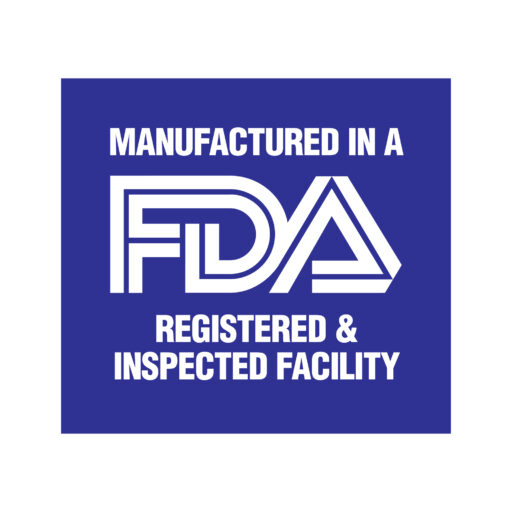 The past few years have seen major changes to the ways in which drug companies and their regulators go about ensuring the safety and efficacy of drugs. The response to COVID-19 accelerated trends that were already defining an era of significant change.
The past few years have seen major changes to the ways in which drug companies and their regulators go about ensuring the safety and efficacy of drugs. The response to COVID-19 accelerated trends that were already defining an era of significant change.
As scientific knowledge continues to advance, both in the fields of human biology and complex synthetic chemistry, most companies are either in the process of transitioning to digital data collection and retrieval or have already completed it. Manufacturing and Quality processes are also being streamlined and automated wherever possible.
Modernization is affecting everything from analytical instrumentation and process monitoring to risk management practices.
This work is enabling new levels of end-to-end visibility, helping to advance the goal of quality-focused cultures throughout the drug manufacturing industry. This is particularly important as globalized supply chains continue to expand, despite ongoing trade and supply chain uncertainties.
All of these factors have contributed to the increasing complexity of compliance as well as the importance of compliance. As a result, regulatory and quality excellence matters more than ever before.
The Growing Importance of Process Validation
Process validation has evolved significantly since it was first proposed by FDA officials as a one-time event to improve pharmaceutical quality in the 1970s. No longer merely a one-time “box-checking” exercise, it’s now an ongoing legal requirement in the drug industry, designed to build quality into every step of the process.
Good manufacturing practices (GMPs) for finished pharmaceuticals require drugmakers to determine that manufacturing processes can consistently meet finished product quality requirements, including those characteristics impacting the quality, purity and potency of a compound. This means your CMO must understand:
- when variation occurs in a process
- what the source of the variation is
- how the variation impacts both processes and products
- how variation can be controlled.
As the FDA makes clear in its Guideline on Process Validation: General Principles and Practices, this typically involves teams with “expertise from a variety of disciplines (e.g., process engineering, industrial pharmacy, analytical chemistry, microbiology, statistics, manufacturing, and quality assurance).”
Three Key Process Validation Stages
Process validation is broken down into stages, as follows:
- Stage 1: Process Design
In this first stage, the manufacturing process is designed to ensure a consistent ability to meet target quality attributes. The key to sound process design is thorough documentation, which becomes essential in subsequent stages. Process design often includes Design of Experiment (DoE) studies, risk analysis tools and the results of verification runs at lab or pilot scale. This collective information can help predict performance of commercial scale processes. - Stage 2: Process Qualification
Process qualification refers to the qualification of facility, equipment, and utilities, as well as the manufacturing processes themselves. Once the facilities and equipment have been individually qualified, the process performance qualification (PPQ) can occur. Process qualification assesses the data gathered from all relevant studies, including experiments, lab-, pilot- and commercial batches. Successful qualification demonstrates that commercial manufacturing processes will perform as expected. - Stage 3: Continued Process Verification
Stage 3 relates to the ongoing activities that occur, reflecting the ‘lifecycle process validation’ approach in use today rather than the one-time approach common years ago. The objective of continued process verification is to ensure the process remains validated, that it is still in a “state of control.” To confirm this, drug and API manufacturers need systems in place to detect nonconformities in processes. One outcome of this stage is often process improvement or optimization strategies, though these are often subject to additional regulatory approval or further process validation.

Neuland’s Commitment to Quality Assurance and Control
To keep pace with both technological advances and evolving regulations, Neuland complies with stringent international standards. In 2022, we continued to invest heavily in quality. Policy implementation is prompt and at times ahead of legislation thanks to focused monitoring of possible trends in regulations and standards.
Key initiatives of fiscal year 2022 have included:
- The implementation of Laboratory Information Management System (LIMS) software across three sites, with full implementation to be completed by FY 2022–23
- Installation of a paperless document management system to increase accuracy and quality assurance
- First Time Right through robust Technology Transfers, a structured protocol checklist to reduce product product/process failures during scale-up
- Implementation of Project Management systems to enhance customer satisfaction via an automated process managing communications with customers, investigations, root cause analyses, and corrective & preventive actions (CAPA)
- Scalability of QA, QC teams in order to meet CMS customer needs
- Enhancement of the quality of investigations to ensure promptness in investigations and root cause corrections. Regular monitoring of process robustness, investigation status, report documentation, effectiveness of scientific rationale, and CAPA
- Expansion of document archives per guidelines, enabling all GMP documents and development products lifecycle reports to be stored for a minimum of six years
Want to explore Neuland’s commitment to a quality culture? Learn about:










